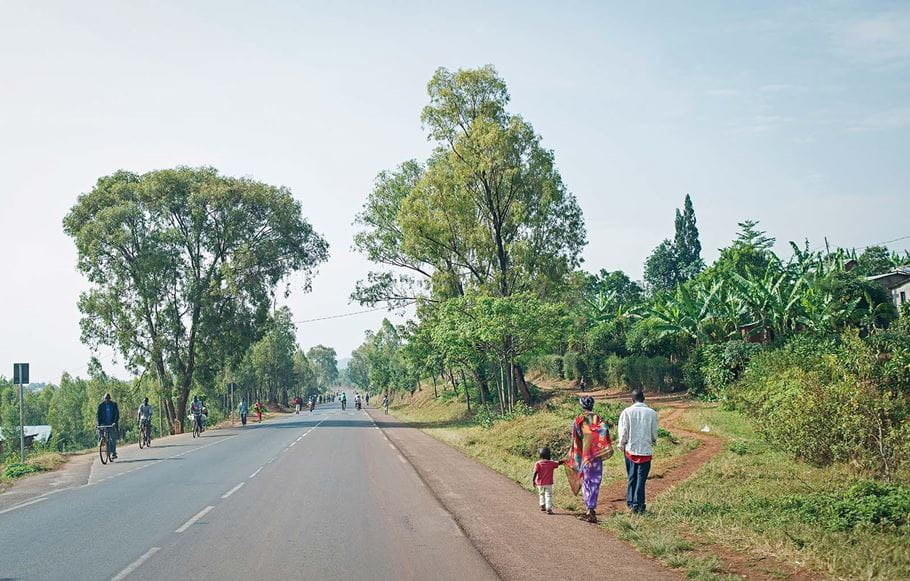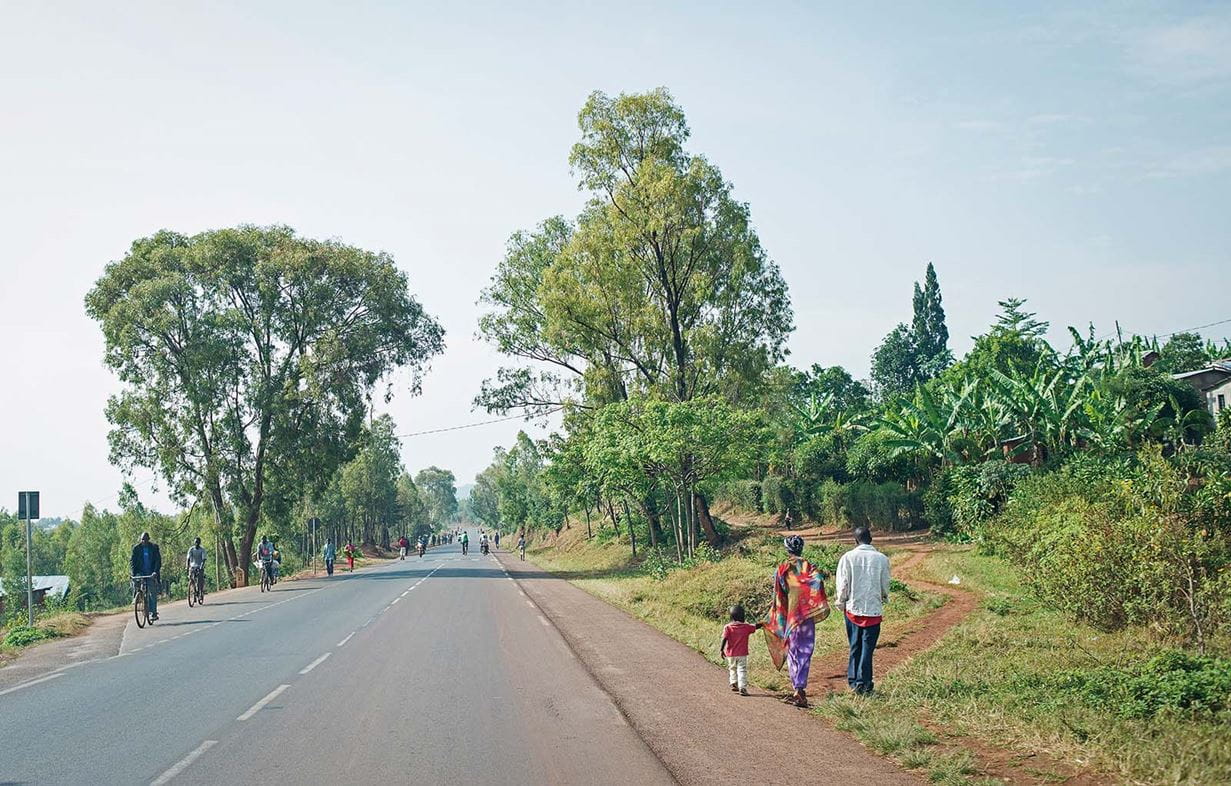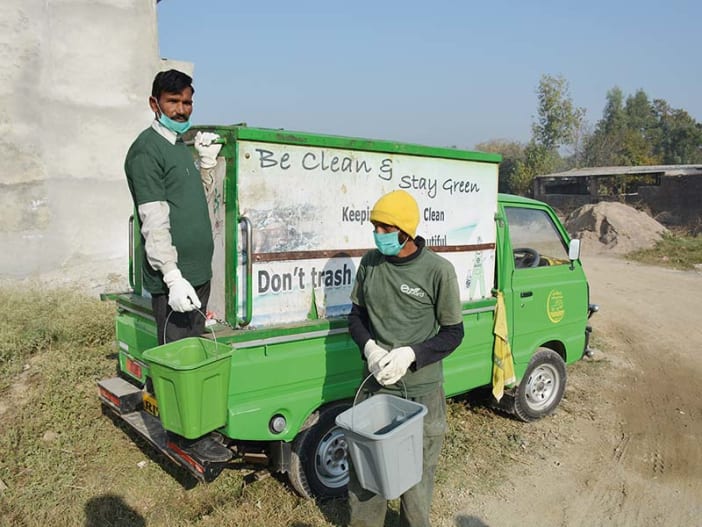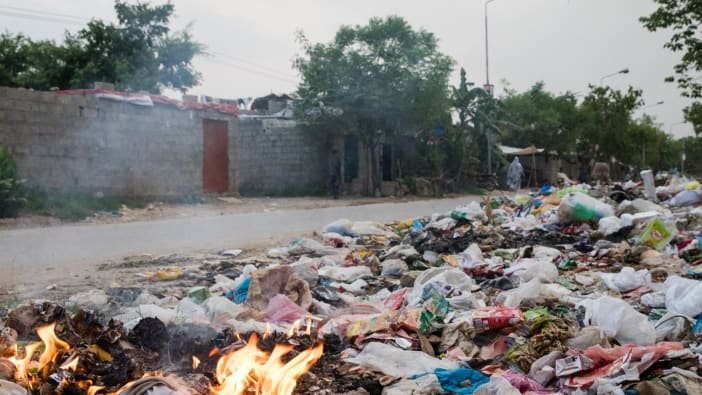Plastic is an amazing material. It is cheap, hygienic, long-lasting and convenient. It helps to shape modern life as we know it. For example, it has transformed health care, giving us everything from syringes to hearing aids.
However, plastic has also become one of the biggest environmental challenges we face today. Plastic packaging makes up nearly half of all the waste produced around the world. Much of this is single-use packaging, such as plastic bags and Styrofoam containers. It is designed to be used only once and then thrown away.
Plastic waste
Plastic waste does not just spoil the beauty of our surroundings. When not disposed of properly, plastic clogs drains and rivers, bringing flooding and disease. It is often eaten by animals, causing ill health or death. If burnt, plastic releases poisonous chemicals into the air and soil.
Much of our plastic waste is washed into the ocean, choking or poisoning sea creatures. According to one estimate, by 2050 there will be more plastic in the oceans than there are fish (by weight).
Unlike natural materials, plastic does not decompose. After many years it breaks down into tiny microplastics – small fragments of plastic less than 5mm in size. When sea creatures and other animals eat these, the microplastics can enter the human food chain. Although we do not have much evidence yet, this may harm people’s health.
What can be done?
While recycling is a step in the right direction, it will not completely solve the problem of plastic. When plastic is recycled, its quality decreases. It can be recycled only a few times before it can no longer be used. It is therefore best to use as little plastic as possible, and to reuse the plastic products we already have.
So far, more than 60 countries have introduced regulations against single-use plastics. This can include a ban or a levy (additional charge or tax) on single-use plastics. The suppliers, retailers and/or customers may be charged for the products.
In half of the countries that have introduced regulations, there is not yet enough evidence to be sure of the impact. In 20 per cent of the countries, the policies have had little or no effect. But 30 per cent of the countries have seen dramatic drops in plastic pollution and the use of plastic bags.
In the countries where bans and levies have not had much impact, the two main problems have been:
- lack of proper enforcement
- a lack of suitable alternatives.
This has sometimes led to people smuggling plastic bags into the country.
The UN Environment Programme gives the following advice to policymakers wanting to reduce the use of single-use plastic. Could you use this to help advocate with your government about taking action on plastic?
- Assess the baseline conditions, eg the most common single-use plastics in your country.
- Evaluate possible solutions.
- Arrange discussions with the groups who would be affected by a new policy on plastics.
- Raise awareness of the new policy.
- Help people access cheap, eco-friendly alternatives.
- Provide incentives to those who may resist the new policy.
- Use money raised from any levy wisely, eg to improve recycling facilities.
- Enforce the policy well.
- Monitor and adjust the policy if needed.
For more information see the UN Environment Programme’s booklet Single-use plastics: a roadmap for sustainability. Available online at www.unenvironment.org/resources/report/single-use-plastics-roadmap-sustainability
Further reading
Rwanda goes plastic bag free
by Emmanuel Murangira
Rwanda outlawed the use of non-biodegradable plastic bags in 2008. At the time, many people asked: ‘Is this really necessary? Surely Rwanda has bigger and more important things to worry about?’











